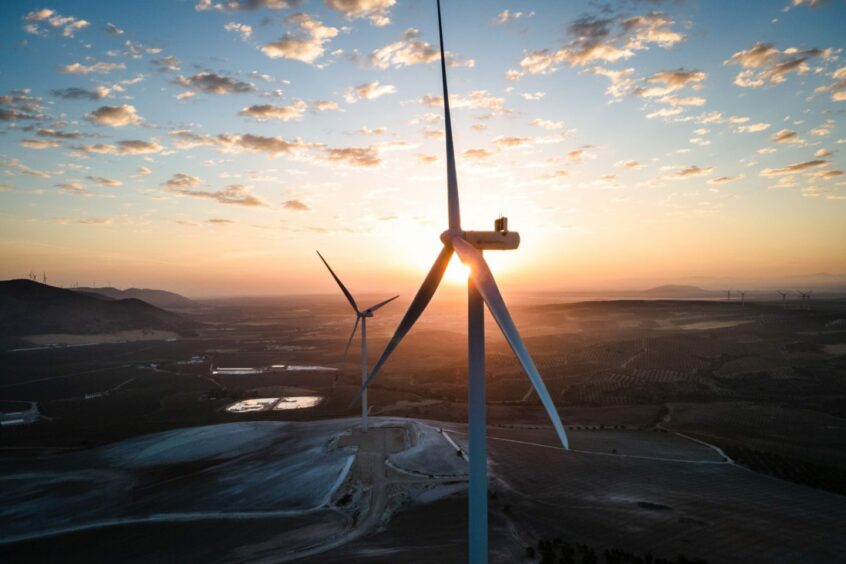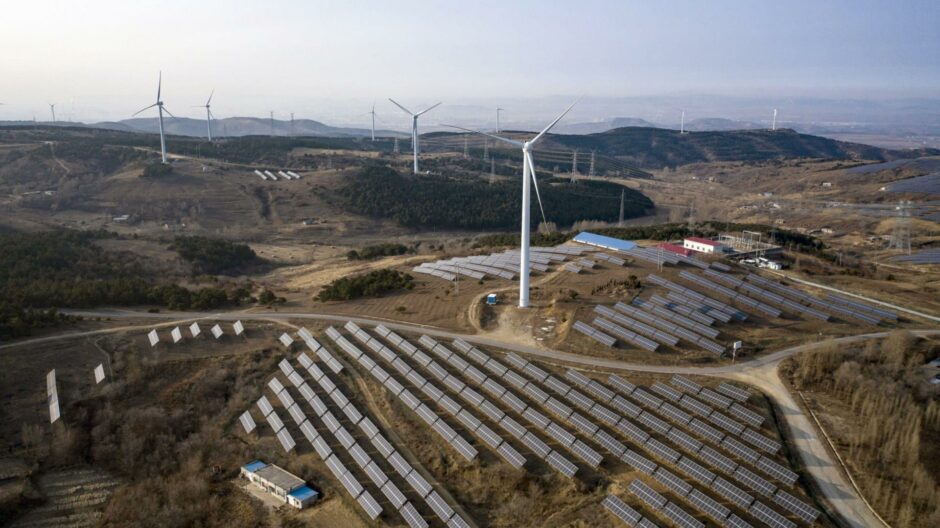
The European Union will pledge to prop up its wind industry in the face of toughening global competition, supply-chain bottlenecks and financing concerns to ensure that the bloc can meet ambitious climate and sustainable growth plans.
The European Commission will look to improve access to EU financing, speed up permitting and overhaul the way countries conduct auctions to provide renewable energy so they take into account factors beyond cost, such as cyber-resilience and carbon content of new wind farms, according to a draft seen by Bloomberg.
The executive branch will vow to closely monitor possible unfair trade practices that benefit foreign manufacturers, including close scrutiny of potential subsidies for wind-related products imported into the 27-nation bloc.
While Europe’s wind industry is a world leader, its policymakers are wary of increasing pressure from China, an important supplier of raw materials and components and an increasingly serious competitor.
EU says Chinese companies increasingly competitive
With prices on average 20% lower than those of European and US counterparts, backed sometimes by attractive deferred payments, the role of Chinese companies abroad has been increasing steadily, the Commission said.
“All evidence put forward by the industry in terms of possible unfair practices will be thoroughly investigated by the Commission,” according to the draft.
Europe is trying to accelerate its shift to a climate-neutral economy and boost energy security against a backdrop of higher prices and weak growth.
But policymakers want to prevent those efforts from boosting sales by foreign producers from countries such as China.
The EU’s trade balance with the Asian country in the sector reached a record deficit of 462 million euros ($488 million) last year, according to the Commission.
In its action plan for wind energy to be unveiled on Oct. 24, the EU executive branch will also encourage the industry to submit further evidence of foreign distorting subsidies.
The concern is that the sector’s stature may slip, similar to how solar panel manufacturers lost out to China more than a decade ago.
The bloc recently launched a probe into the Chinese electric vehicle sector.
EU scales up wind
The wind package comes as the EU looks to rapidly scale up renewables in its energy mix to at least 42.5% by the end of the decade — a task that has become more urgent after Russia’s invasion of Ukraine caused gas prices in the region to spike.
A separate plan for bolstering offshore renewable energy is also set to be published next week.
Even as the projections for European and global wind deployment are bright, the industry in the EU has been facing challenges.
All the largest turbine manufacturers reported significant losses in 2022. And the 16 gigawatts of new projects installed last year fell short of the 37 gigawatts per year needed to help achieve the EU’s 2030 target.
Measures in the plan will include:
- Rolling out digitalisation of the permitting process across all member states and extension of an emergency regulation to accelerate permitting
- Establishing an interactive EU digital platform where member states’ planning for auctions will be published
- Overhauling auctions design to include a set of pre-qualification criteria relating to cyber-security, sustainability, and ability to deliver
- Identifying cybersecurity risks with respect to wind energy installations and infrastructure
- Expanding support for wind energy under the Innovation Fund by doubling the budget for financing clean technology manufacturing projects to 1.4 billion euro
- Working with the European Investment Bank to deploy by the end of the year a dedicated instrument to counter-guarantee commercial banks’ credit exposures to key wind industry suppliers
The EU also plans to adopt next month an action plan for grids to help accelerate key cross-border electricity infrastructure projects.
 © Bloomberg
© Bloomberg